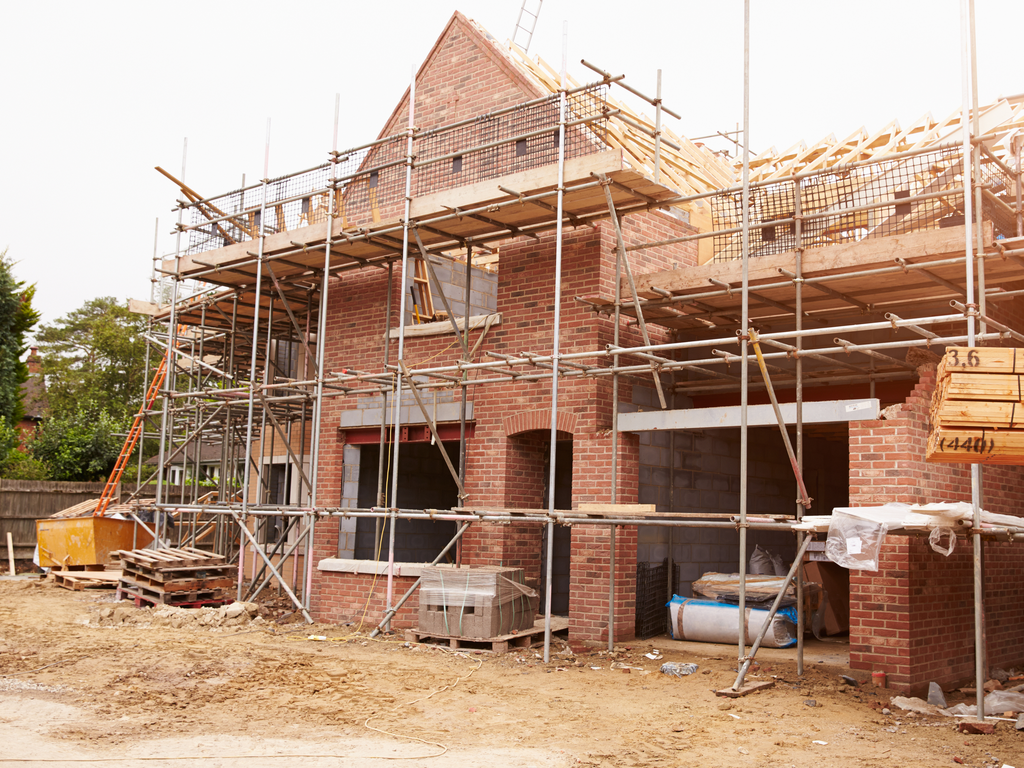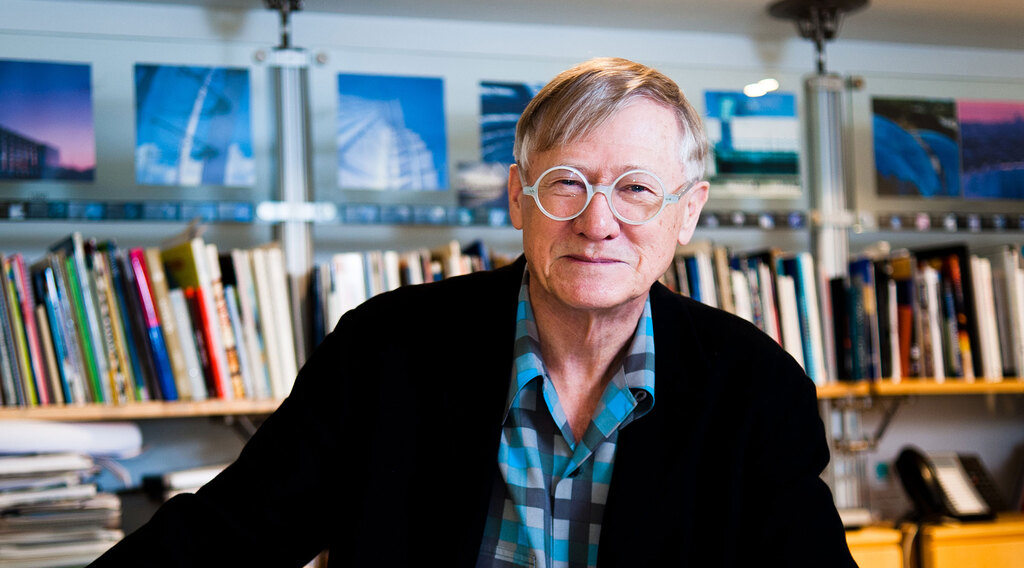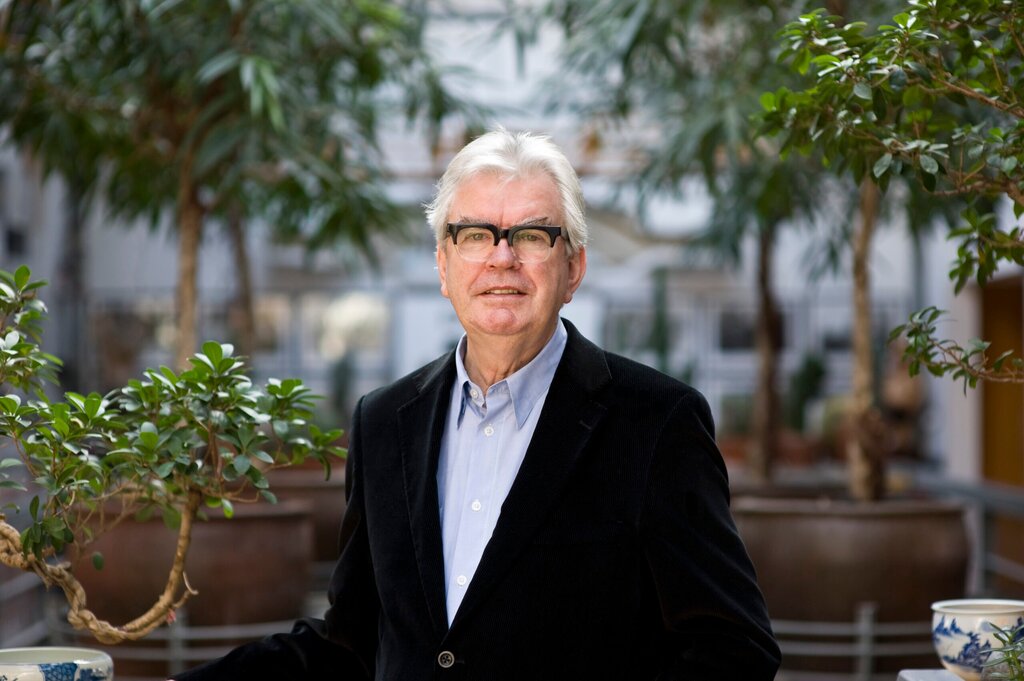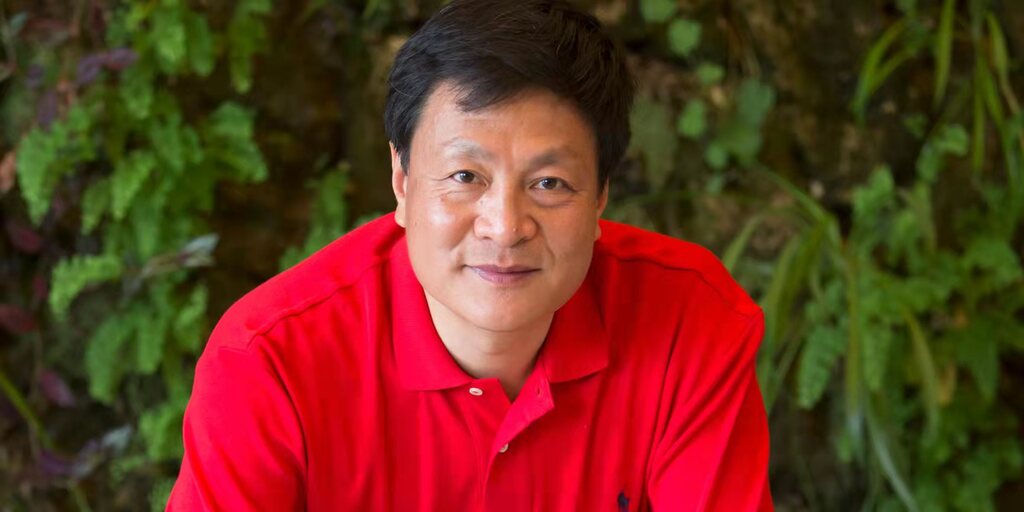
Situation normal!
The political, construction and design worlds seem to have become increasingly surreal over the past year, writes Paul Finch.
Since the last Newsletter, the Labour government has dismissed its own deputy leader and our ambassador to the USA, while its immediate past leader (now expelled) dithers about his planned new political entity. The so-called Reform party is now ahead in the opinion polls and were there an election tomorrow, could scrape a victory despite an entirely incoherent and contradictory programme whose one informing idea is that xenophobia (if not outright racism) is admirable.
On the construction and planning front, despite promises of more public funding and radical changes to regulations, housebuilding figures have fallen catastrophically, at least in terms of the promised 1.5 million net new dwellings over the lifetime of this sorry government. Planning applications and starts on site, particularly in London, are hitting historic lows. At the time of writing, London mayor Sadiq Khan (hopeless, but not for the absurd reasons claimed by Donald Trump recently) is said to be considering dropping the percentage of ‘affordable’ homes accompanying private development from 35 to 15 per cent, in order to vitaminise the market.
Since the capital is supposed to be supplying 88,000 homes a year, but recorded under 4,000 in the last 12 months, we can only hope there is truth in this. Not surprisingly, government is relying more and more on the potential benefits of ‘new towns’ to prop up its failing housing policies. In practice these places will look more like urban extensions of up to 10,000 homes, where infrastructure already largely exists. Delivery would probably be via development corporations to bypass nimby objectors and recalcitrant local planning authorities.
There is now discussion about whether this delivery model could be used in respect of another badly needed infrastructure sector: reservoirs. Very few have been built in the last 50 years, and it has now dawned on the political class that the mass housing programme they promise, were it ever delivered, would have serious implication for water demand. A huge housing development proposal outside Cambridge is currently undeliverable because please for a new reservoir in the county over the last 30 years have failed to attract government backing or funding.
In any event, water demand will increase as a result of ongoing net inward migration to the UK, which the latest annual figures show us importing the equivalent of Leeds in a country incapable of housing its existing population, let alone anyone else. The policy-makers seem to simply hope that something will turn up – apart from another 750,000 non-Brits in the next 12 months, that is.
The reservoir brigade want the programme run by the equivalent of the Olympic Delivery Authority, which they note had planning powers, could override local democracy, had government funding, and delivered the Olympic park and village on time and on budget. Well, sort of.
You wonder why body has thought of this model before, but actually they have: Homes England has planning and compulsory purchase powers which, for reasons best know to itself, it does not routinely exercise, preferring to leave the messy business of actual housing delivery to other people, merely acting as part of a financial sewerage system which sends money from Whitehall to the private housing sector (and sometimes to housing associations).
Ditto Mayor Khan who, despite having planning and compulsory purchase powers, never actually directly procures anything – his Greater London Authority, unlike its predecessors the Greater London Council and the superb London County Council, does not appear to think housebuilding is a proper activity for a public body. No wonder we have a housing shortage
Architects remembered
Since our last edition, we have lost three significant architects who, indirectly and directly, have played a significant part in the history of World Architecture Festival.
Nick Grimshaw and Terry Farrell, who were in partnership for 15 years before splitting to form their own firms, were giants of UK architecture for many decades, part of the ‘Famous Five’, the others being Michael Hopkins and Richard Rogers, both deceased, and Norman Foster – who at 90 is still flourishing as a creative force.

Sir Nicholas Grimshaw CBE PRA (Source: Grimshaw)

Sir Terry Farrell ©Richard Gleed
Terry Farrell spoke at WAF in our first edition in Barcelona, the practice submitting award entries on numerous occasions. Nick Grimshaw did not speak, but the practice has been a huge supporter of the Festival, in terms of award-winning entries, speaking and judging, through directors like Mark Middleton, and in particular the Grimshaw chairman Andrew Whalley.
Both Nick and Terry lived long lives, which alas was not the case for Kongjian Yu, the Chinese landscape architect and teacher who died in a plane crash in Brazil, where he was contributing to a film about the work of his practice, Turenscape, He had been a major award-winner at the Festival on several occasions, and also served as a super-juror and speaker.

Kongjian Yu (Source: Turenscape)
Last year his practice won the competition for an ‘island’ development in Manila Bay for developer S M Prime, which was exhibited at WAF in Singapore.
We will miss all of them.
Founder Partner






